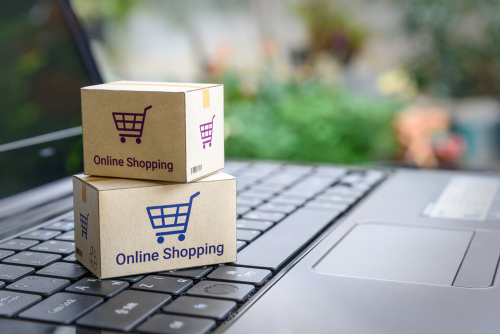Early into the Covid-19 pandemic, when operators were scrambling to figure out how to proceed (if they could at all) in this brand new environment, there were a handful that had the ability to try and meet the changing landscape head-on. These were the operators who had already implemented e-commerce platforms long before the pandemic began. They saw an opportunity to try and accommodate for the new normal sprung upon the industry overnight: home delivery-style operations.
Their ability to make quick changes generated some buzz, leading others to wonder if they should follow suit. Amidst one of the most difficult times the industry has faced, an online ordering system enabled some operators to serve customers in an entirely new way, and on a near moments notice.
Early reports of these swift changes were regarded as pivoting. But it’s more than that: e-commerce is a preparation of where the industry as a whole is heading. As Bob Tullio, industry veteran recently said in this article, “the most successful operators are the ones who will be fully prepared for what is coming next.”
What’s coming next is a natural progression of adding e-commerce as an additional way for customers to purchase products from you.
Driven by Consumer Demand
When most people think of e-commerce, they conjure up images of Etsy pages and Shopify stores selling anything from jewelry to handmade picture frames. A lot of operators shunned the concept for a long time. “We’re not Amazon,” they’d say. But there’s a growing trend of B2B buyers using e-commerce as a way to purchase a variety of products and services for their businesses.
According to Forrester, B2B e-commerce transactions are on track to hit $1.2 trillion by 2023. It should come as no surprise that millennials are perhaps the biggest reason for this trend. Their age range of about 25 – 40 years old means they’ve come to understand and navigate the world largely through digital experiences. Give it another decade and their successors, Gen Z, who’ve grown up without any experience of a pre-internet world, will be in positions to make business decisions themselves.
The pandemic has amplified this trend. With so many people working from home and many cities and states enacting stay-at-home orders, e-commerce skyrocketed, especially in grocery sales. According to Supermarket News, there could be an increase of 40% in sales this year.
While consumers will likely go back to in-store shopping as things get back to normal (or as normal as they can be), the ease with which they can purchase necessities online will remain. In other words, e-commerce is expected to remain a channel that operators can use to reach customers and sell more products.
In NAMA’s recent webinar “Expanding Delivery Services with an Integrated E-commerce Platform,” our co-founder Aja Pascale discussed how operators can benefit from this omnichannel approach and meet customers where they already are–online.
Primed for Growth
Providing a way for your customers to buy from you online paves the way for growth. As Mike Brown, President of PGI Services said on the panel in the webinar, “the highest opportunity to grow is through OCS and Pantry customers.”
As the industry has seen for some time now, grab-n-go and employer-paid refreshments have been trending upward. The pandemic has obviously thrown a wrench into this growth, but it’s not going to disappear. In fact, an online ordering option is poised to be even more appealing as a result. Once offices begin to reopen and allow staff back, there will be a real demand for touchless options. Ecommerce is a perfect solution.
In this way, operators who implement an e-commerce solution can use it to their competitive advantage to stay relevant in the marketplace. Customers are already shopping online. An e-commerce platform helps you meet them there.
Preparing, Not Pivoting
Consumer trends, accelerated by the pandemic, will impact the industry in a post-covid world in a way that can bring a ton of opportunities and growth. How operators respond will be a deciding factor in their success.
